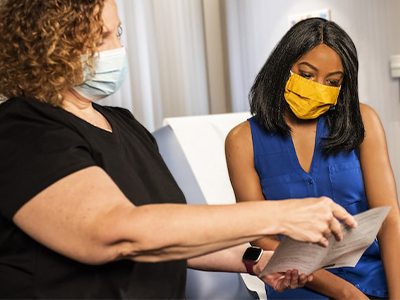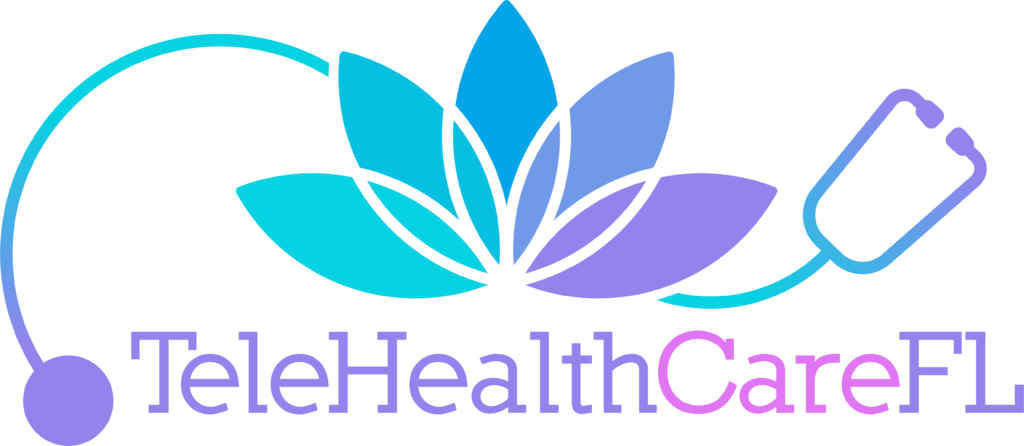Last Update
The 2020s will be remembered as a decade of major change and societal shifts, with the rise of telehealth and telemedicine being one of the most significant changes to the field of medicine in many years. Due to the need to reduce patient and provider exposure to harmful pathogens, video visits and remote work became commonplace during the Covid pandemic. While society has largely returned to normal, the convenience and many benefits brought by telehealth medicine mean that it will likely remain a potential route of a more accessible and convenient type of medicine for many years to come.
Telehealth helps protect the most vulnerable and disadvantaged among us. Whether it’s because of physical difficulties, lack of transportation, compromised immune systems, or any other type of disadvantage, telehealth represents a stepping stone towards true equity in society. For these reasons, many medical providers continue to offer telehealth medicine services, and many patients choose to go this route instead of going to see a provider in person.
Telehealth is convenient, easy, and safe, but if it’s your first time, or you are unfamiliar with technology, the process can seem daunting. In this article, we’ll cover five important things to remember before the appointment to make it as easy and stress-free as possible.
- Find a quiet space to sit in
When you get ready for your telehealth visit, always try to find a calm, quiet space where you will be away from any distractions. If possible, try to keep pets or children occupied or watched by a caretaker, so you can focus as much as possible on your health. The fewer distractions around, the better both you and the provider will be able to focus on your health and needs.
- Prepare as much information or documentation as possible beforehand
When going to see a doctor, it’s always a good idea to bring any information you will need with you. For telehealth visits, always try to prepare any paperwork or have any relevant information such as previous diagnoses or lab results on hand, so that you won’t have to waste precious time with your provider looking around for them.
- Find a private spot with good lighting
When setting up for a telehealth call, it’s important to consider the lighting that you will be in, along with the amount of privacy you will have. Because medical calls often involve the doctor seeing part of your body to diagnose or treat medical issues, they must be able to see your body clearly and up close if necessary.
Along the same vein, because you may be exposing parts of your body or discussing otherwise private information, make sure that you are in a spot where people won’t be able to casually listen in on you. In a room behind a closed door is usually good, or if you really feel the need for privacy, try a closet, pantry, bathroom, or other enclosed space. Always make sure the wifi or internet connection will reach wherever you are going to be first.
- Make sure your technology is working properly
Technical issues are probably the most common and frustrating issue surrounding telehealth, especially for older people who may not be as familiar with the technology used for video calls.
First of all, make sure that whatever device you are using has enough battery charge and is plugged in if possible, as video calls use a lot of power and drain batteries quickly. Another useful tip is that many sites utilizing video call technology have a way to test your camera and microphone before the call starts, so check for these testing options in a drop-down menu or by right-clicking the screen.
Also, you’ll usually have to enable permissions for a website to access your camera and microphone, so make sure to agree to any request for access or permissions or locate these settings and set them to the appropriate response.
- Patience is key!
Just like with regular doctors, sometimes providers are running behind schedule and there will be a slight delay. Always try to have some free time if possible, so that if there is a delay you won’t miss important events. Also, providers can run into technical issues of their own, so try and be patient if there are connectivity issues or anything else.
If you’re worried about your telehealth appointment going smoothly, especially if it’s your first time, there’s nothing wrong with asking a tech-savvy friend or relative to help you make sure you get the appointment up and running. That way, everything will go smoothly, and you can get access to the care and help you need.
Telehealth and video conference technology are here to stay, and will only become more prominent, useful, and technologically sound as time goes on. You can save time and energy by getting care at home, just follow these simple steps and you will be on your way to telehealth success!






